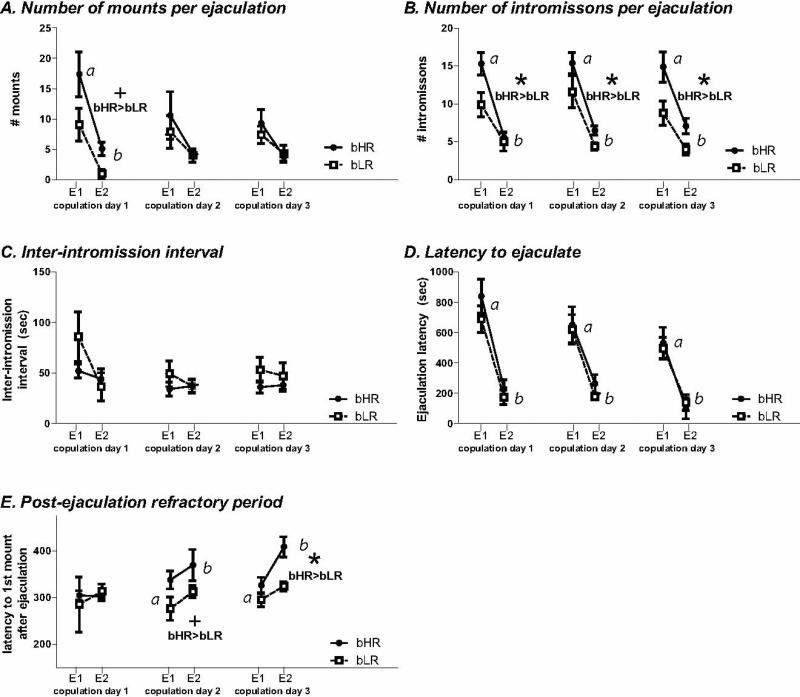Figure 3. bHR versus bLR sexual behavior during the first two ejaculatory sequences of copulation days 1-3.
We examined the number of mounts (A), intromissions (B), inter-intromission interval (C), latency to ejaculate (D), and post-ejaculation refractory period (E) during the first two ejaculatory sequences (E1 and E2) of each rats’ copulation day 1 through 3. This analysis revealed not only how bHR versus bLR males performed across copulation days, but also how their behavior patterns differed during the course of those sessions. bHRs showed a trend for more mounting compared to bLRs on the first copulation day, but no differences on days 2 or 3 (A). All animals showed more mounting during the first ejaculatory bout on copulation day 1 compared to the second ejaculatory bout (indicated by a versus b). bHRs exhibited far more intromissions than bLRs across the three days (B), and all animals showed far more intromissions during the first versus second ejaculatory bout (indicated by a versus b). There were no group differences on inter-intromission interval (C). Similarly, there were no bHR/bLR differences in the latency to ejaculate (D), although all rats showed significantly reduced latency to ejaculate during the second ejaculatory bout compared to the first (indicated by a versus b). Finally, we found that the post-ejaculation refractory period increased between E1 and E2 on copulation days 2 and 3 (indicated by a versus b). There was a trend for bHRs to show increased post-ejaculation refractory period compared to bLR on copulation 2, and this difference was statistically significant on copulation day 3 (E). bHR>bLR indicates significant main effect of phenotype; * indicates p<0.05

